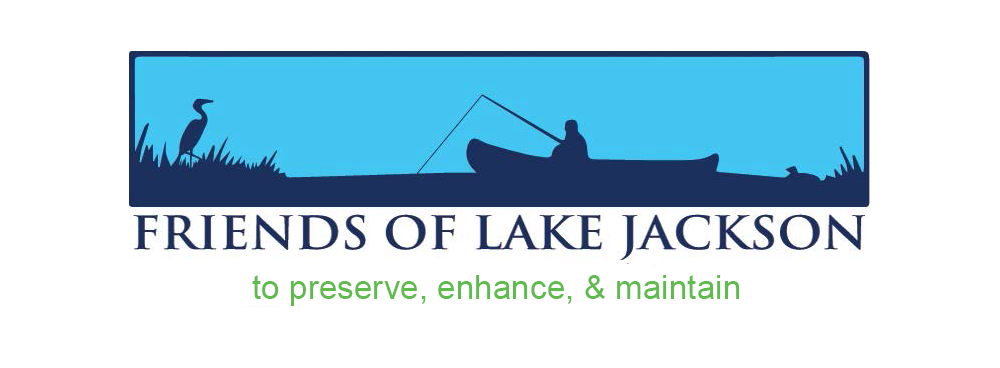Many citizens of Leon County don’t realize it but Tallahassee was the regional capital once before, in prehistoric times, with its complex of official structures situated on Lake Jackson. The location of that ancient capital is at the Lake Jackson Mounds Archaeological State Park.
The Lake Jackson Mounds Archaeological State Park is a quiet peaceful place, with picnic tables and educational displays set among great oaks. But, between 1000 and 1500 A. D., this prehistoric capital would have been full of activity by the people belonging to what archaeologists call the Mississippian culture, who had an overarching belief system known as the Southeastern Ceremonial Complex (SECC).
These native people would have been going about their daily lives by taking advantage of the rich lakeside soils and the abundant fish, waterfowl, and other wildlife, and by building shelter, worshiping gods, and preparing the deceased for the afterlife.
The collection of earthen mounds was what archaeologist and author Gerald T. Milanich calls …”a true capital city, the locus of governmental and religious activities for the people it served.”
In 1939 the mounds became the first archaeological site recorded in Leon County. Its significance is known to us in large part because of the serendipitous friendship between Calvin B. Jones, the long-serving, legendarily telepathic, Florida State archaeologist and an acquaintance of his who, in 1975, received a load of rich fill dirt for the lawn of his new home in Killearn. In the dirt he’d found a copper celt, or axe head.
In the years before European contact, such an artifact would have been extremely rare and likely the property of a person of high status and wealth. Calvin quickly ascertained that the fill dirt had been mined by the property owner from one of the great earth mounds, known as Mound 3 on the original survey. The mound’s destruction was ongoing. Calvin quickly secured the right to do what’s known as “salvage archaeology,” trying to rescue as much of Florida’s heritage as possible from the imminent destruction.
Mound 3 excavations revealed that structures were built on top of it, and then burned when individuals were buried on the mound along with rich grave goods to accompany them to the afterlife. Then the mound was capped with white sand, followed by mound fill dirt from around the site, and finally capped with red clay from nearby hills. Then a new structure was erected atop the mound. This sequence was repeated 12 times in 250 years.
The purposes of the other mounds in the Lake Jackson complex, however, are uncertain. The burials are all individual but both children and adults and even a pet dog are buried in Mound 3, leading to the speculation that whole elite families are interred, not just individual political or priestly figures.
The Southeastern Ceremonial Complex operated to influence different realms of human behavior. The elaborate sequence of ritual recovering of the burned over mound tops suggests as much. But, the overarching purpose of the SECC seems to have been related to political dominance and social control.
The iconic symbol of SECC ceremonialism is the Bird Man or Vulture God. He is most often represented on precious materials, sometimes shell, most often on beaten copper. He dances, costumed with great ground-sweeping wings and a raptor-beaked mask. In his raised right hand he holds a club, prepared to strike. In his left he holds rattles fashioned from human skulls.
The people who lived around the Lake Jackson Mounds site were drawn there by the same resources and beauties that attract us today. Their lives were ordered in an entirely different way that we – perhaps fortunately – cannot imagine today. They abandoned the Mississippian way of life and their capital by the lake by the early 1500s.
De Soto, passing through in 1539, makes no mention of the place. After 1492 European disease ran through native populations, collapsing some, scores of years ahead of actual European contact. Was that the true fate of the unnamed people of the Lake Jackson mounds?
Take some time and visit Florida State Lake Jackson Archaeological Park to wander among the mounds, read the interpretive exhibits, and speculate about the lives of Tallahasseans from another culture that preceded us by hundreds of years. On your way out, swing over to Crowder Landing and stand at the lush edge of Lake Jackson, look out at the promising yet mysterious “disappearing waters,” just like the original inhabitants must have done on a daily basis.
From Hwy 27/N. Monroe St. take Crowder Road east and follow the signs to Lake Jackson Archaeological Mounds State Park.
Grayal Earle Farr is a descendant of Crackers who moved to Florida in 1797. He is a retired U. S. Army Special Mission Unit officer and professional archaeologist. The Friends of Lake Jackson is a civic organization devoted to the environmental protection and sustainable use of the lake. Visit http://www.friendsoflakejackson.org to learn more and become a Friend today!

Leave a Reply